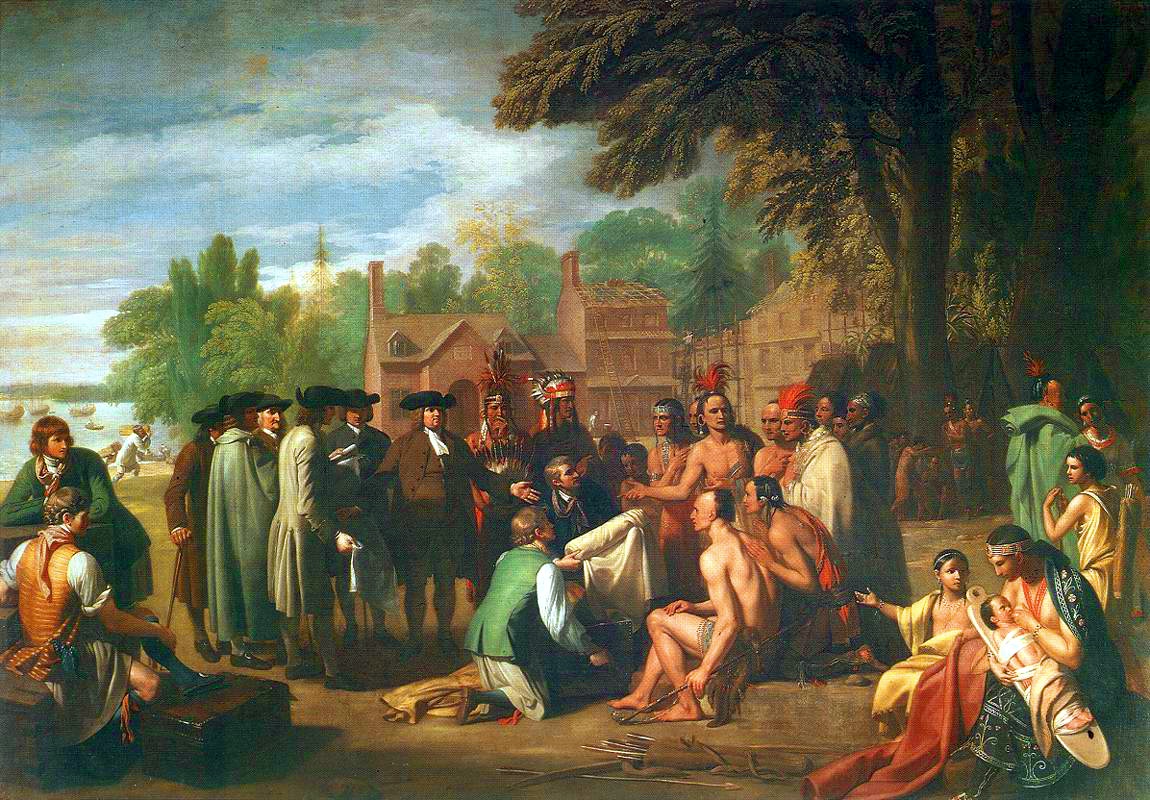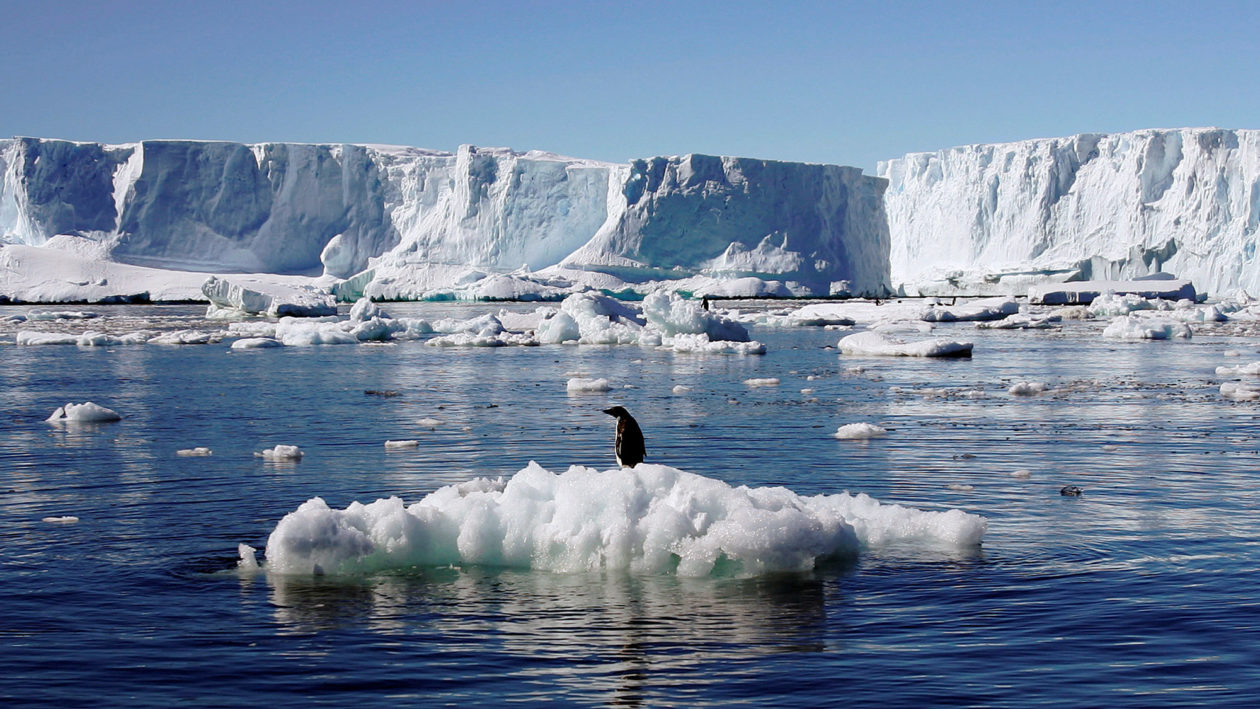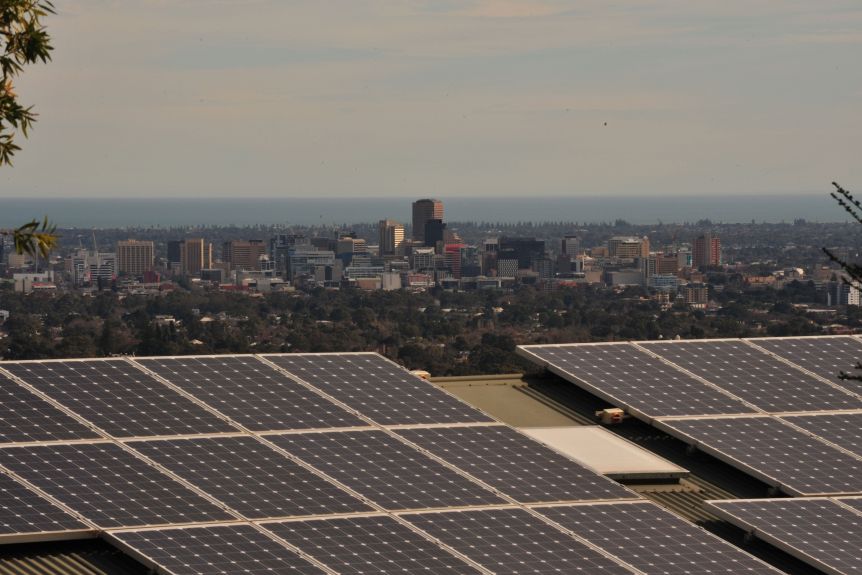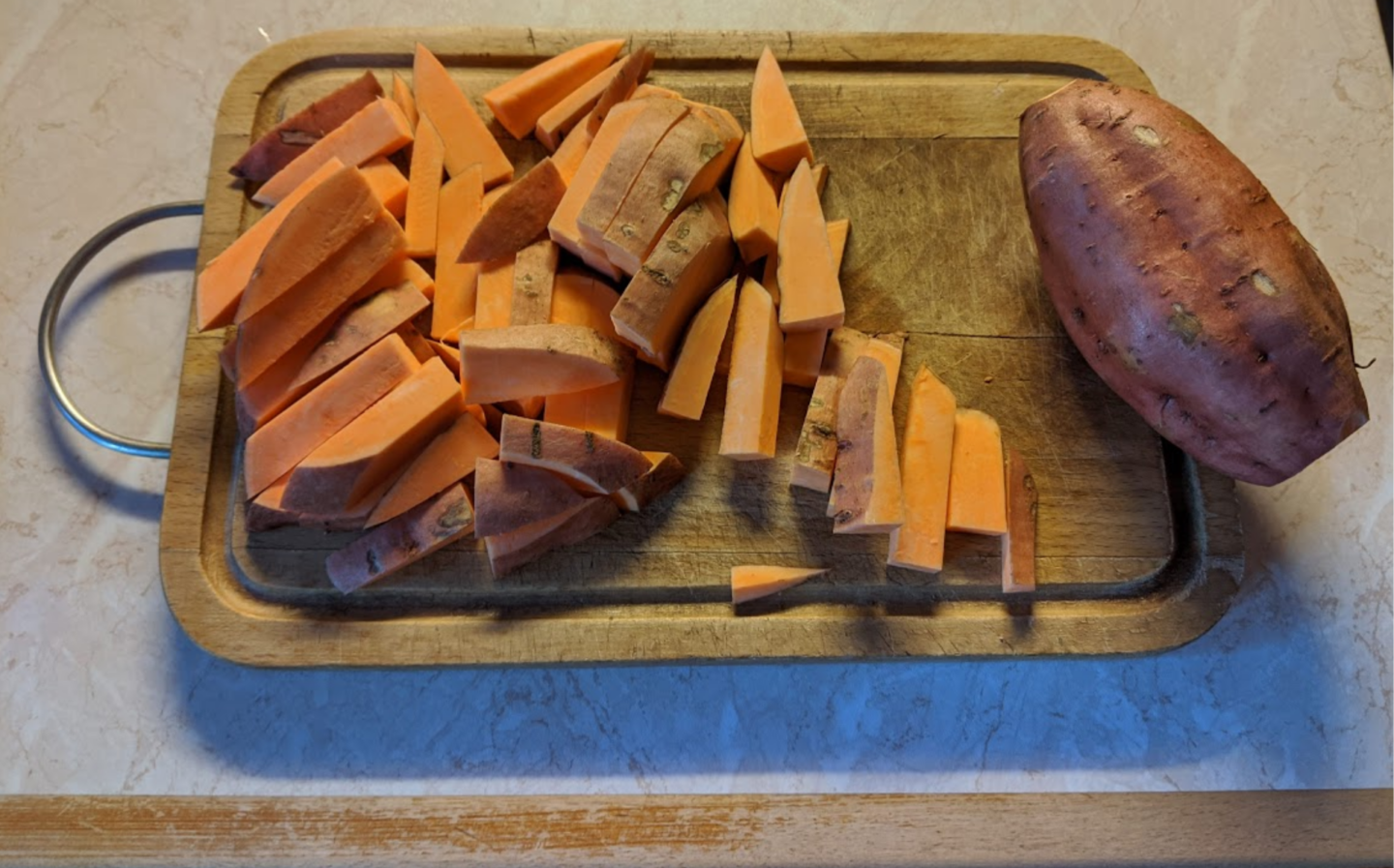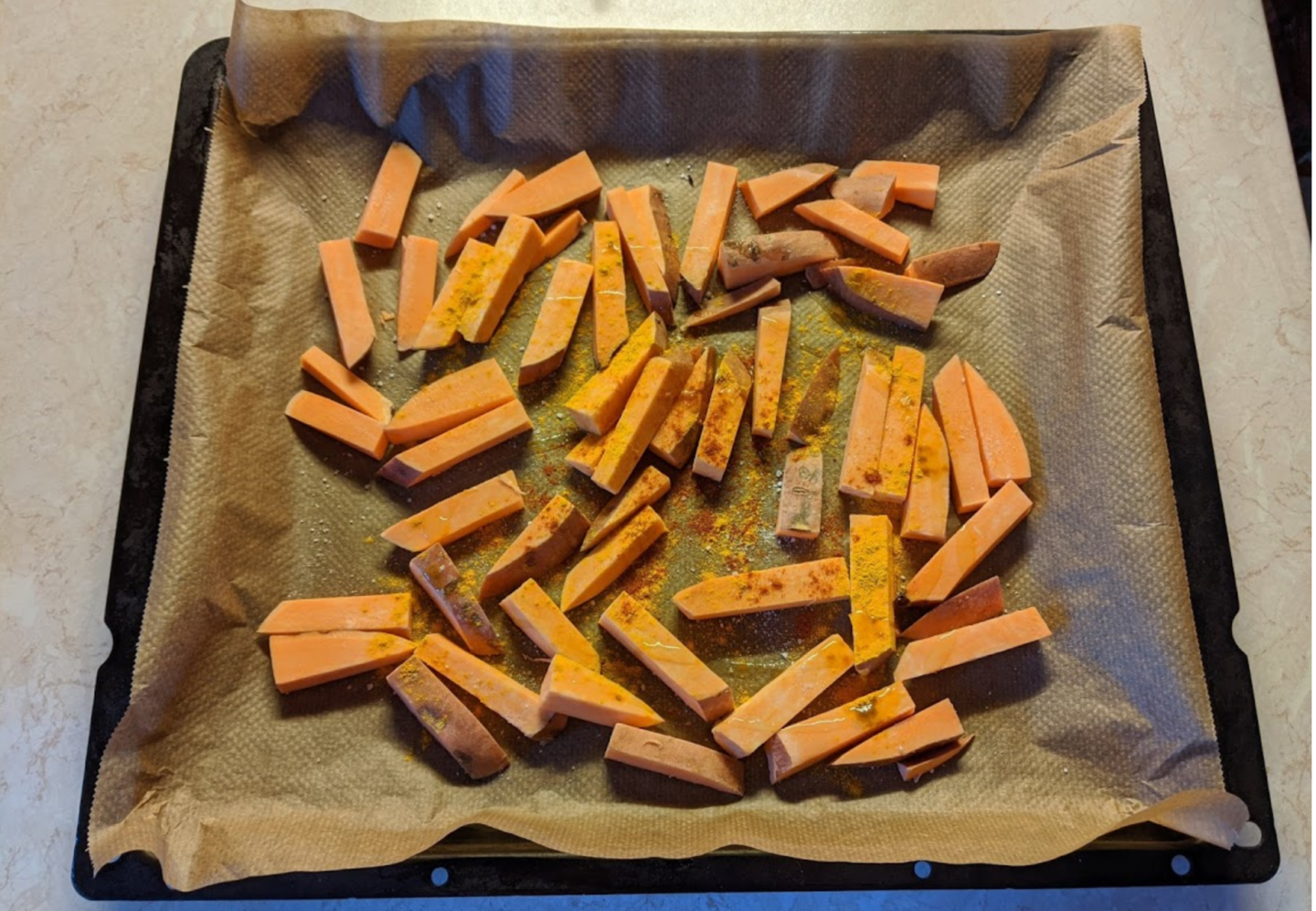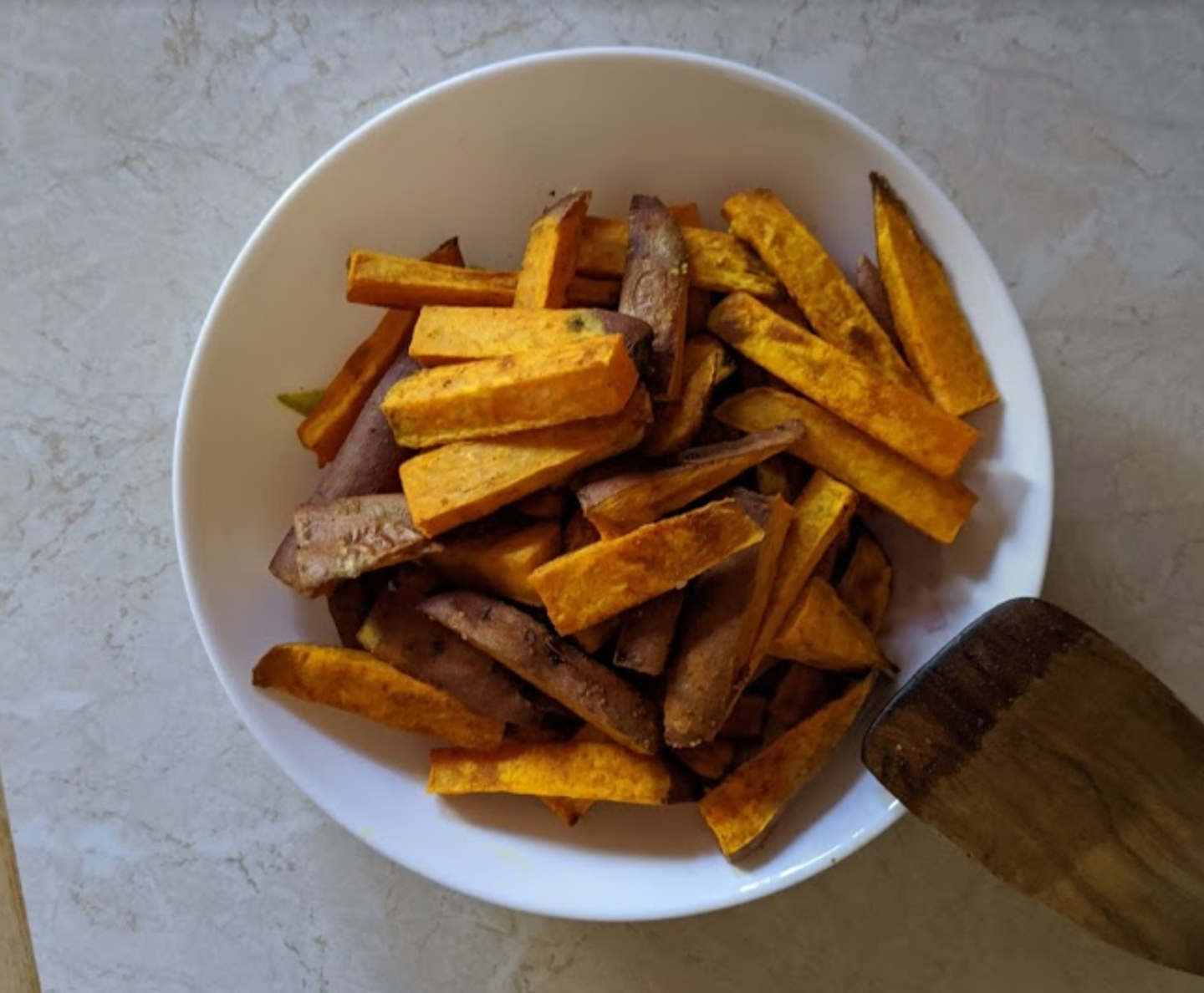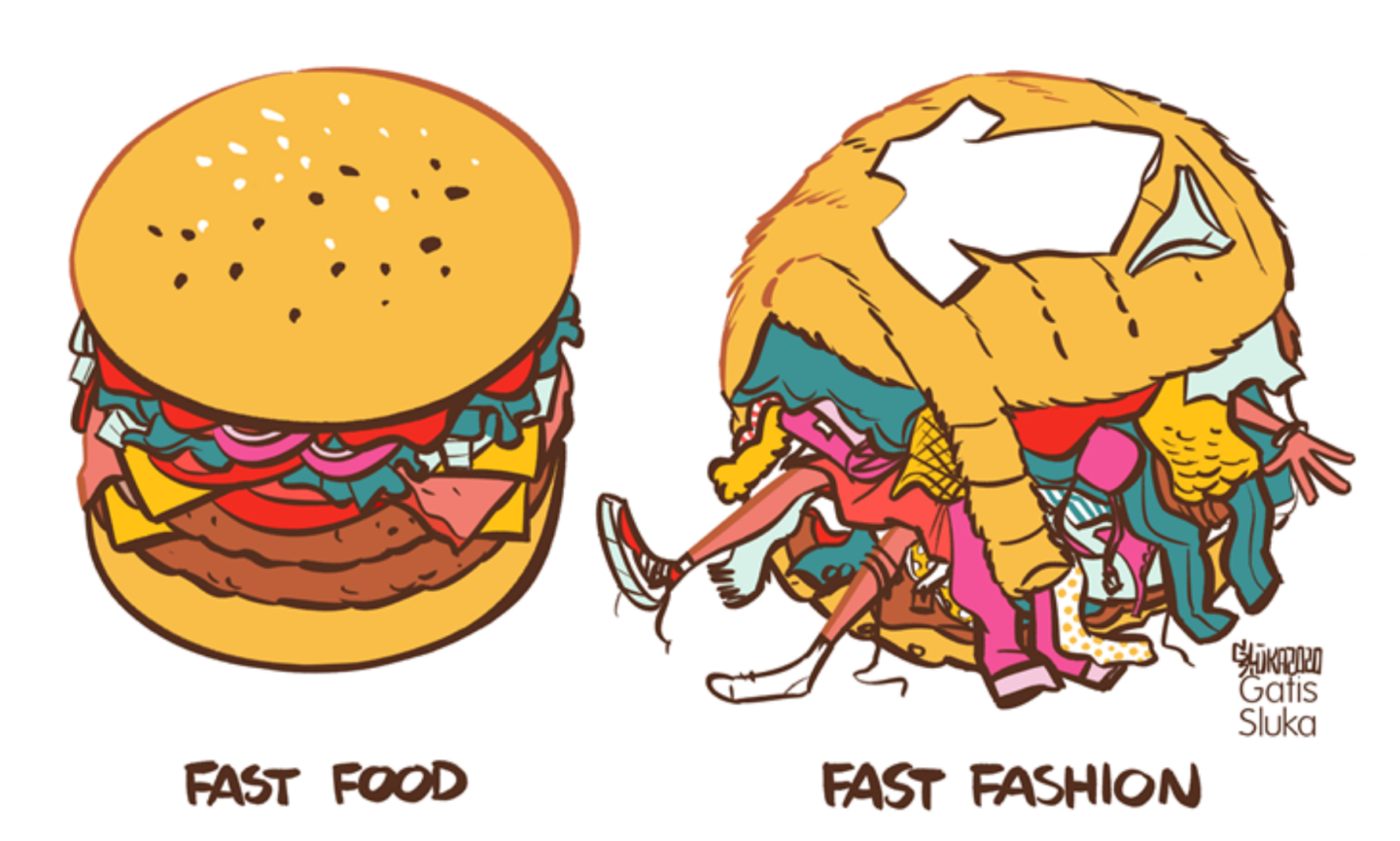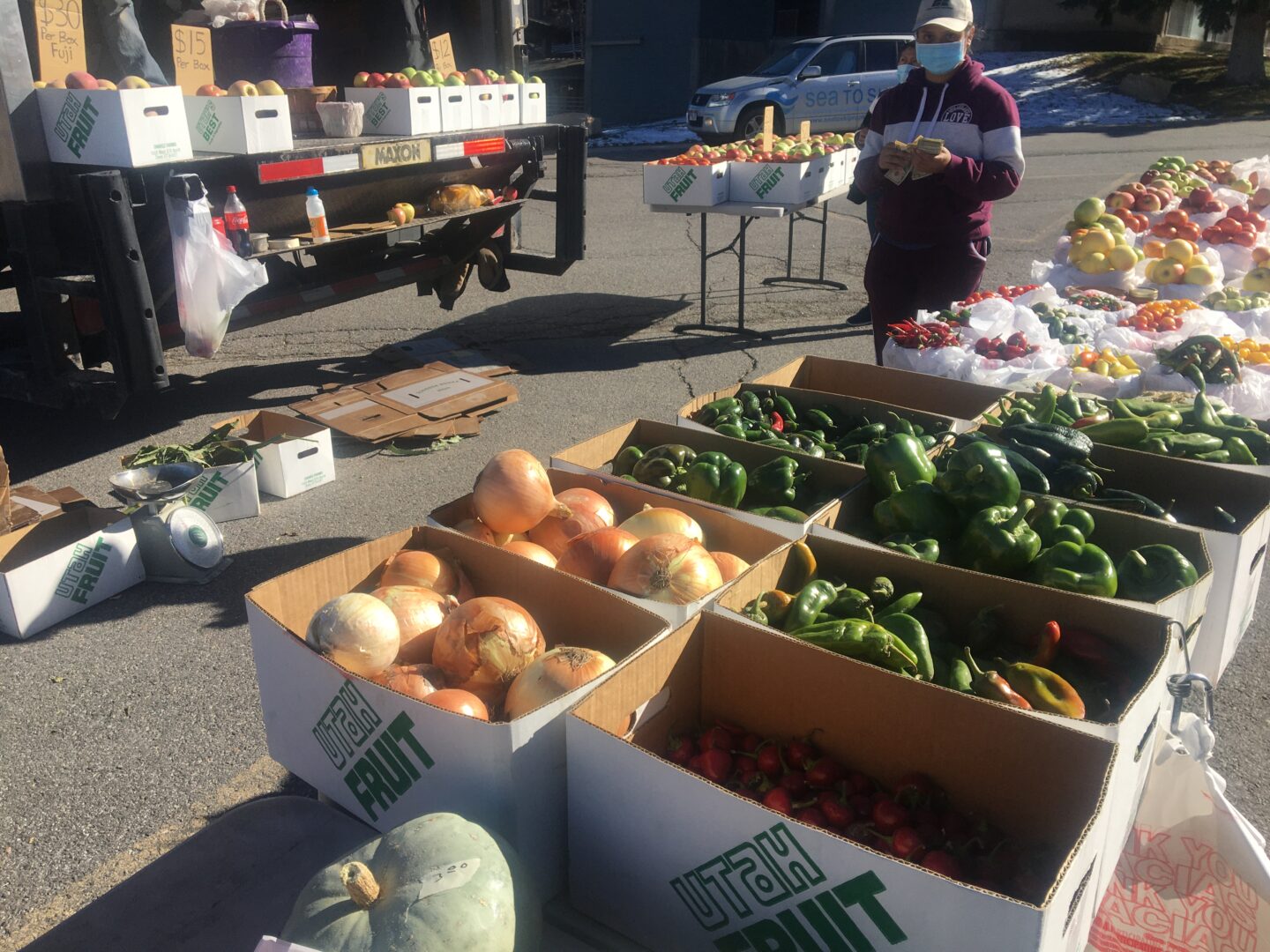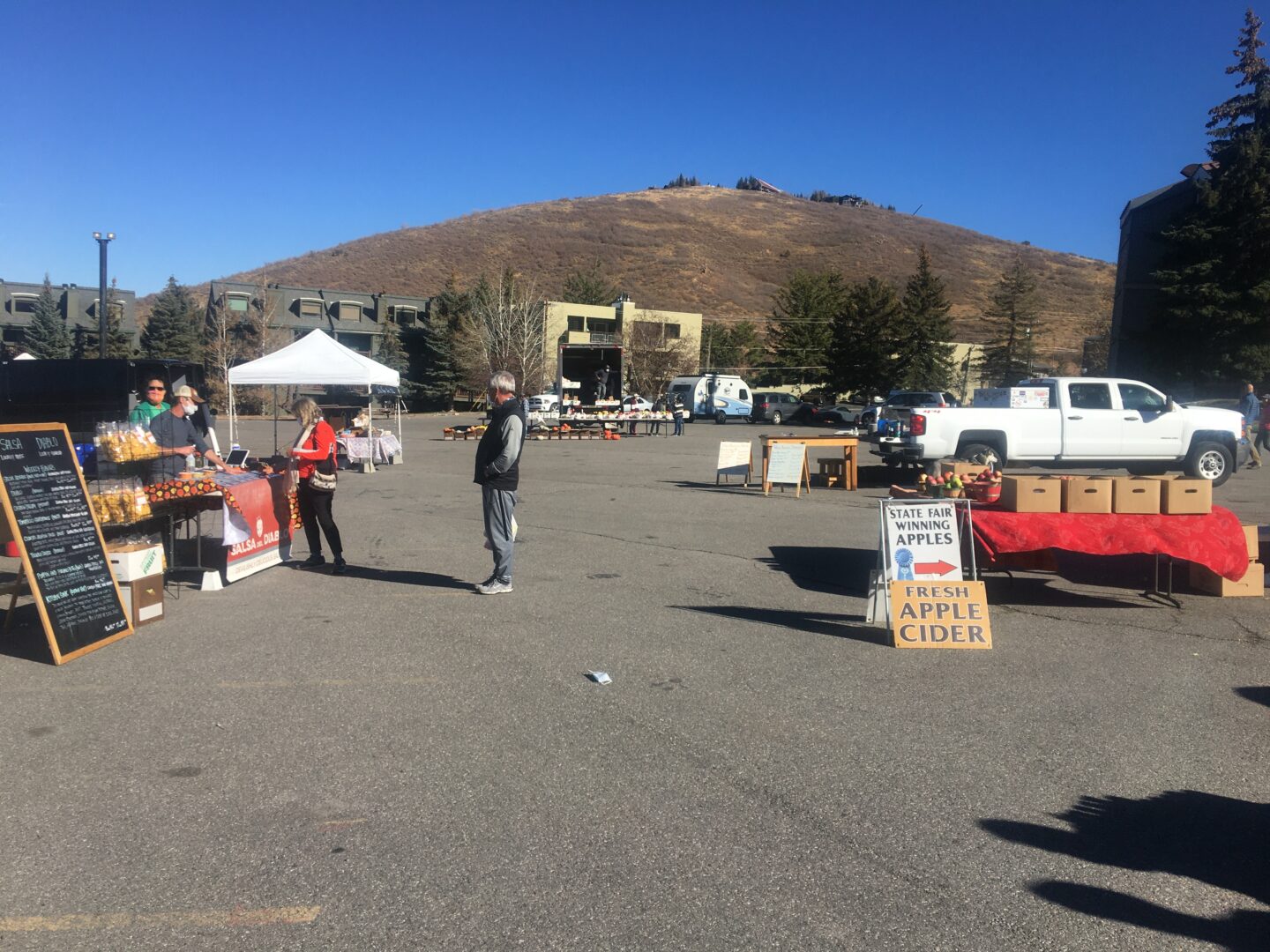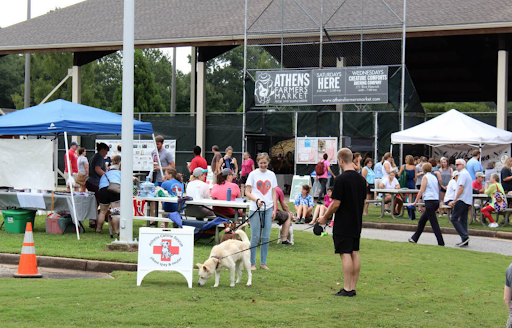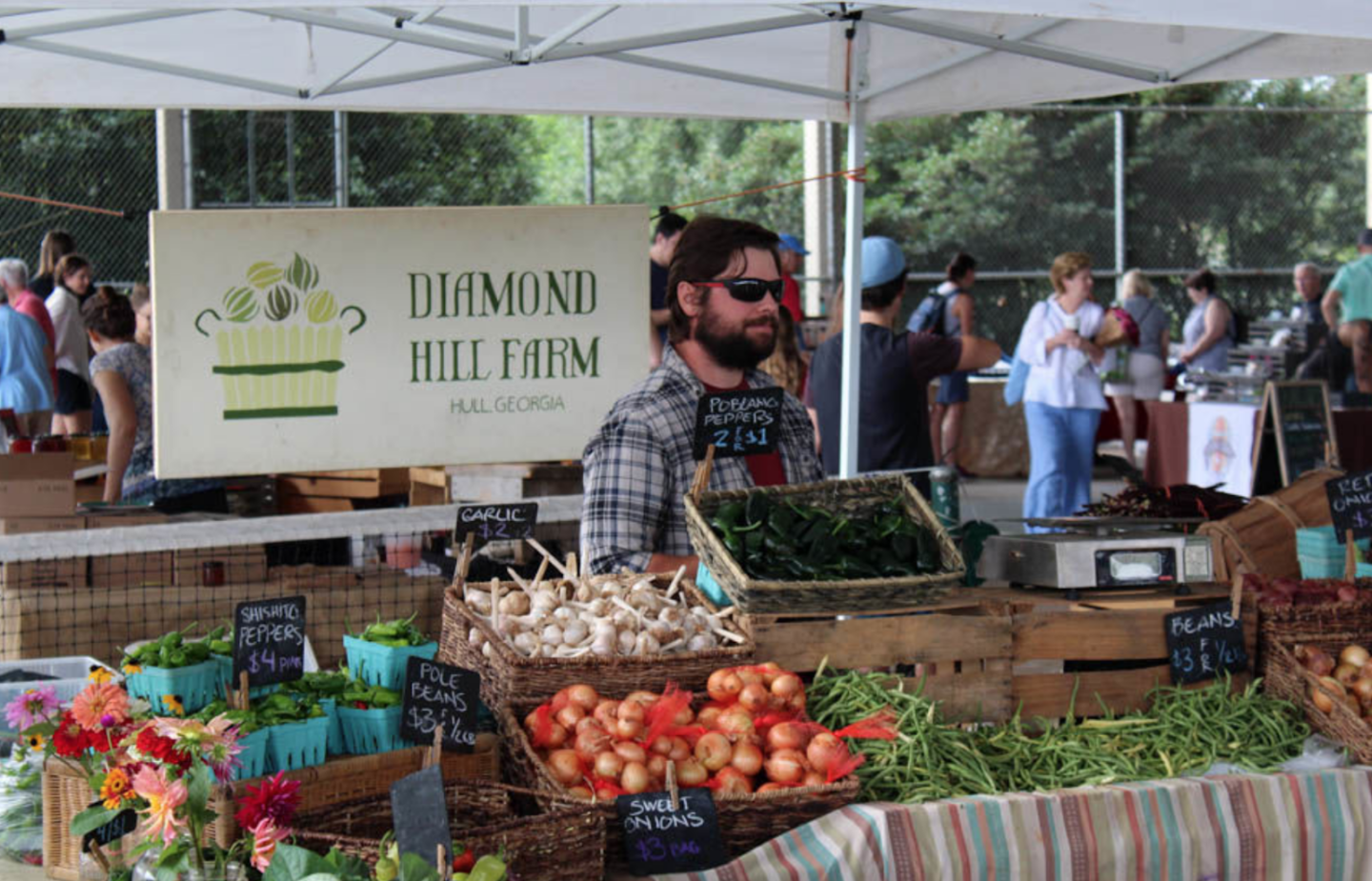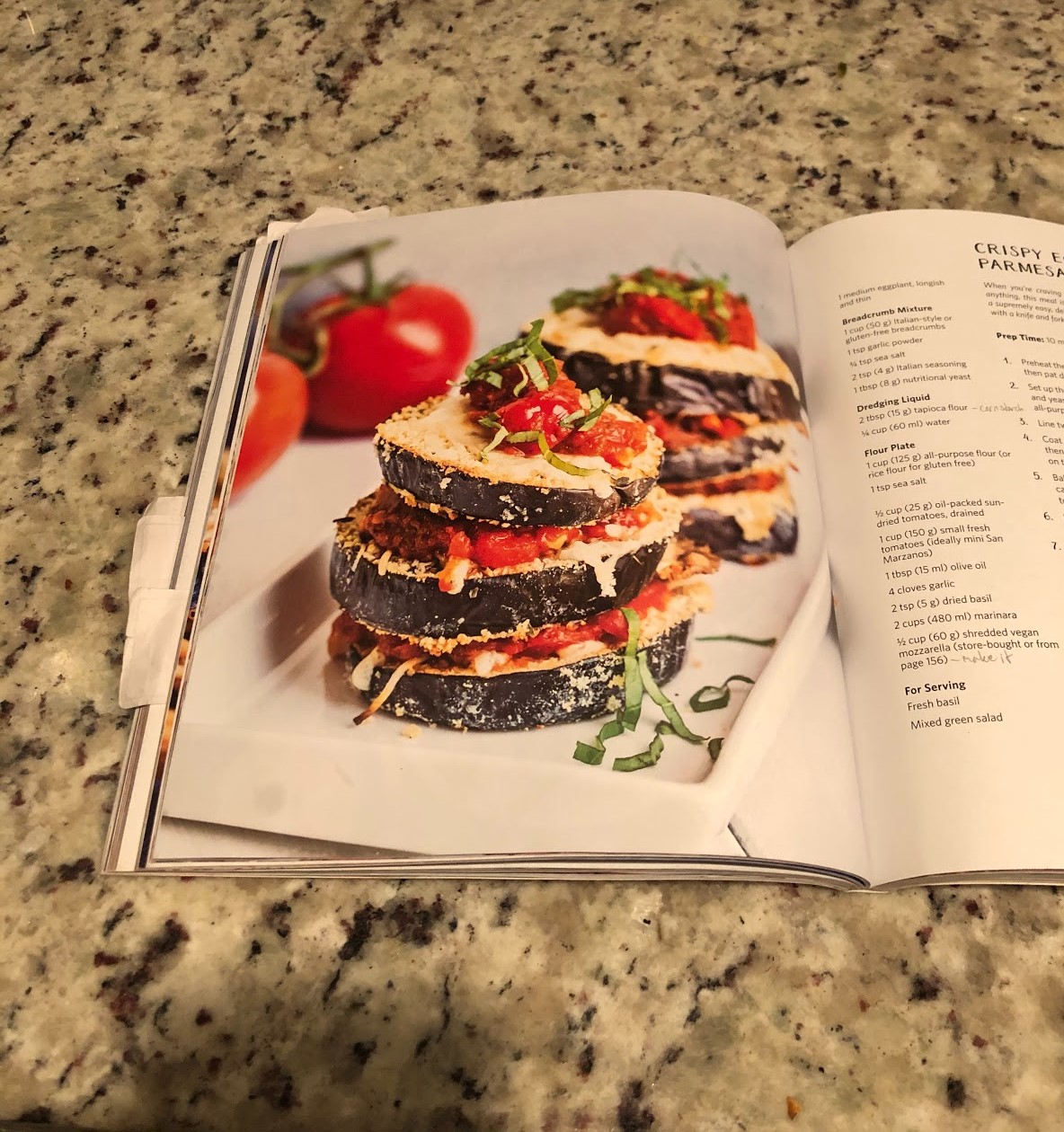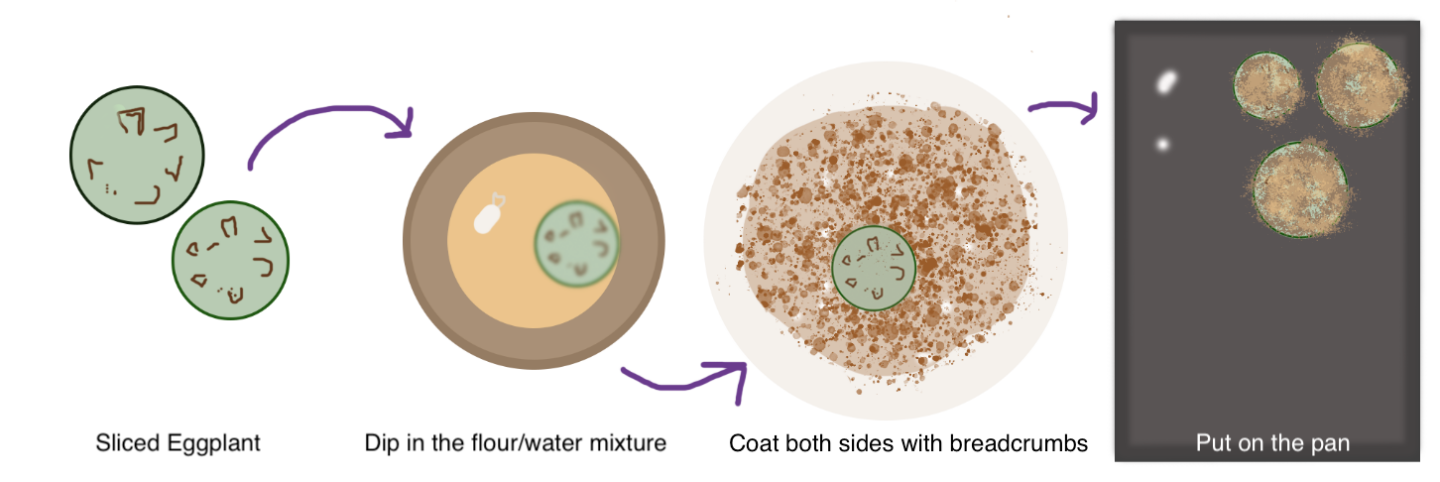Author: Claire Wayner ’22
Many of us are living in very different locations because of COVID, so it’s important to get familiar with your area’s recycling guidelines for curbside pickup. Each municipality has their own rules, which sounds frustrating at first, but trust me – it won’t take you very long to get used to them, and you’ll save a lot of carbon emissions and resources in the process (recycling aluminum cans, for instance, saves 95% of the energy originally used to manufacture them!). Recycling correctly is also key to reducing contamination, which can cause whole bags of recycling to get thrown out.
Start off by Googling recycling rules for your city or county. Many municipalities create “cheat sheets” for you to print out and stick on your fridge to remember which items are recyclable and which are not. For those items that aren’t accepted for curbside recycling, some might still be accepted at grocery stores or special recycling centers (a classic example is a plastic bag – most grocery stores have plastic bag collection bins by the entryway). I encourage you to go the extra mile and collect and drop off those items that your municipality doesn’t accept at the curb.
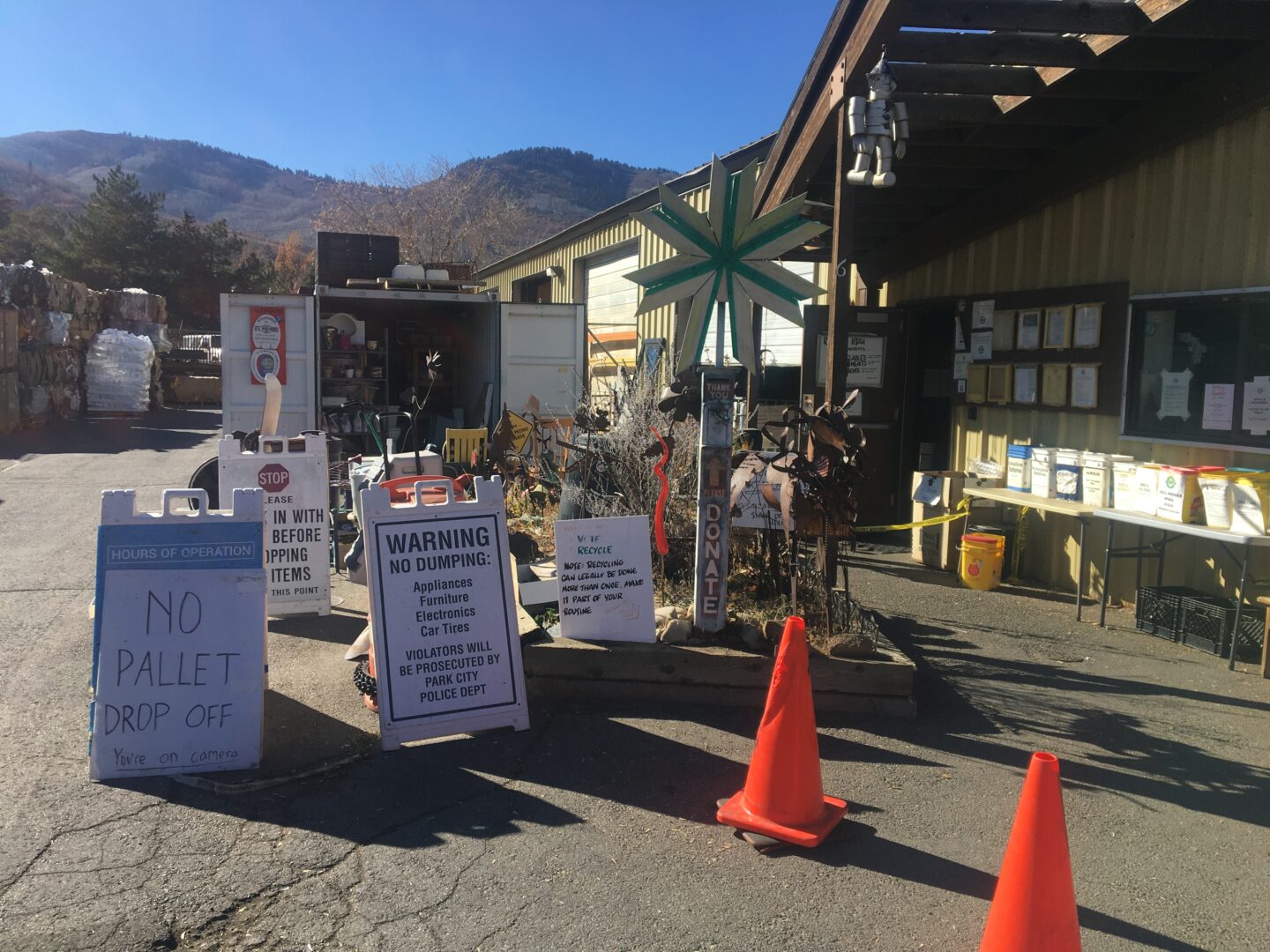
Photo Credits: Claire Wayner
This fall, I’m living off-campus with friends, and we discovered that our house doesn’t get any curbside recycling service. You might be in this boat, too! In these cases, there is usually a recycling center nearby where you can drive your materials on a weekly basis. I found a local recycling center in town, and every week, when we go grocery shopping, I bring our recycling with me and drop it off at the center, where I have to sort it by the material. I know this sounds tedious, but I actually really look forward to visiting the recycling center – the act of sorting teaches me where my recycled materials are going. It’s not a lot more work, as it’s right next to the grocery store, and in some states, you can even make money from dropping off your recyclables (like states with beverage container deposits).
Send us photos of you recycling, and know that it makes a difference. Only 9% of plastic, 25% of glass, and 50% of aluminum cans are recycled. You can help increase those numbers!
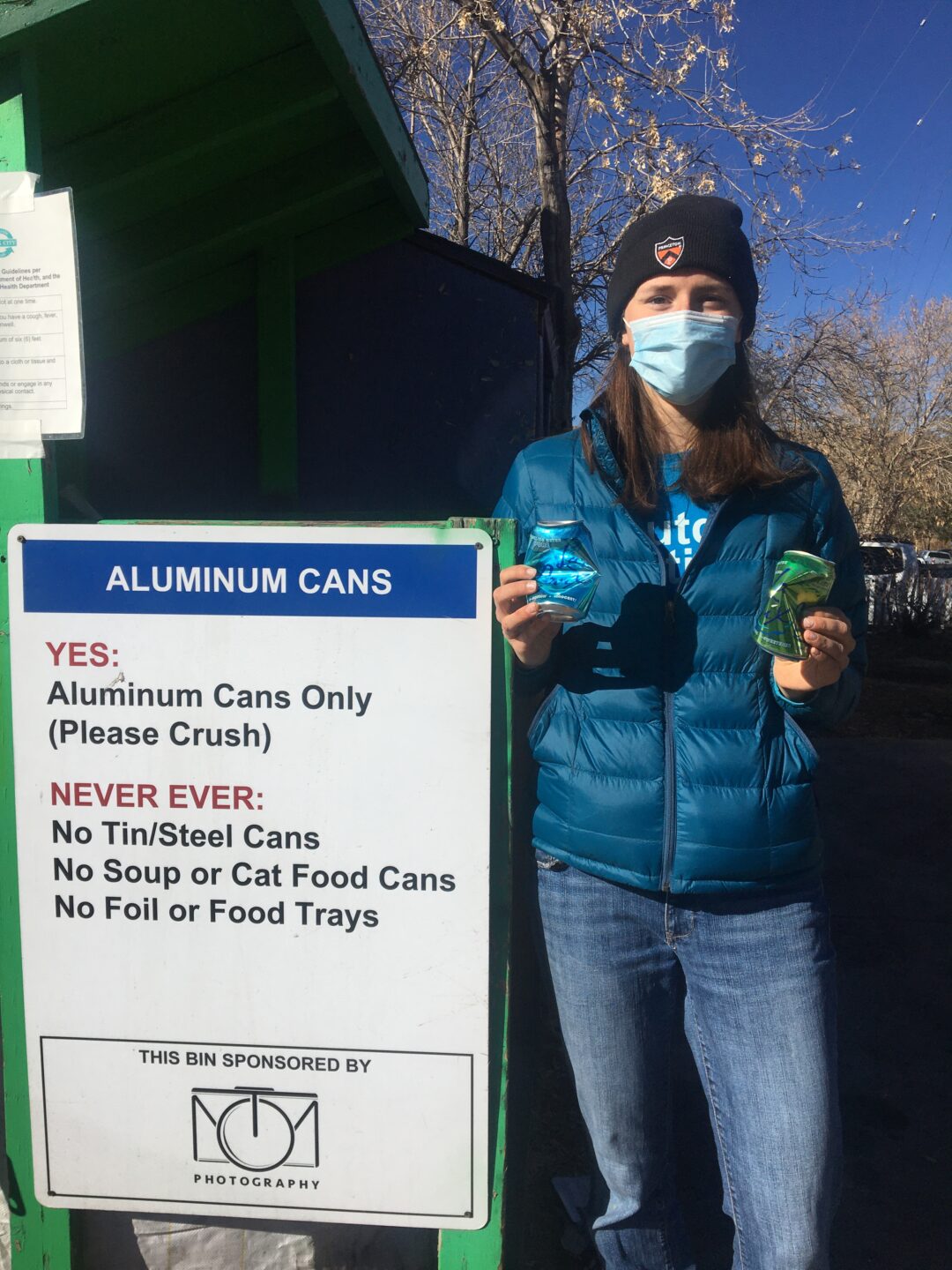
Photo Credits: Claire Wayner ’22


